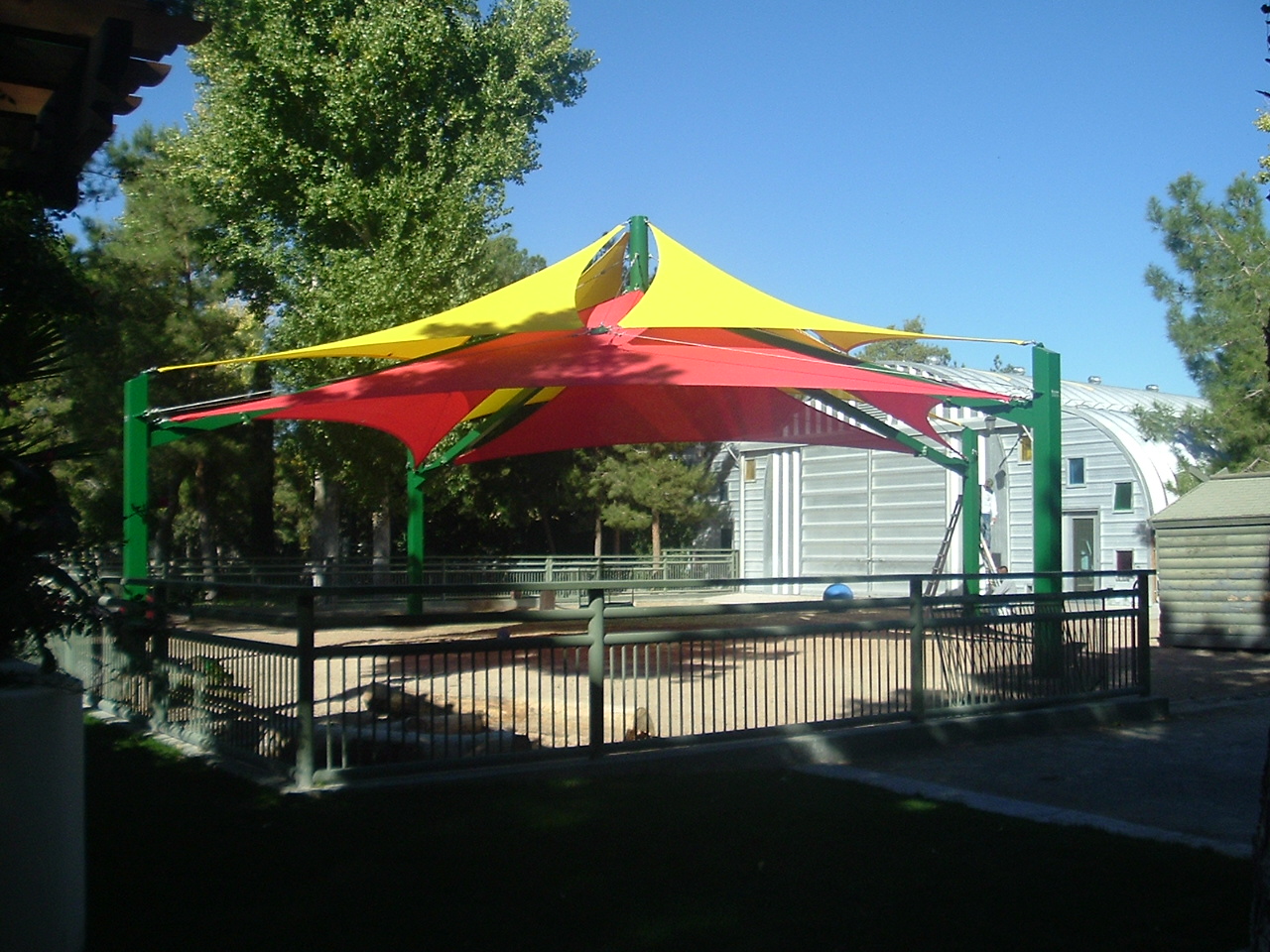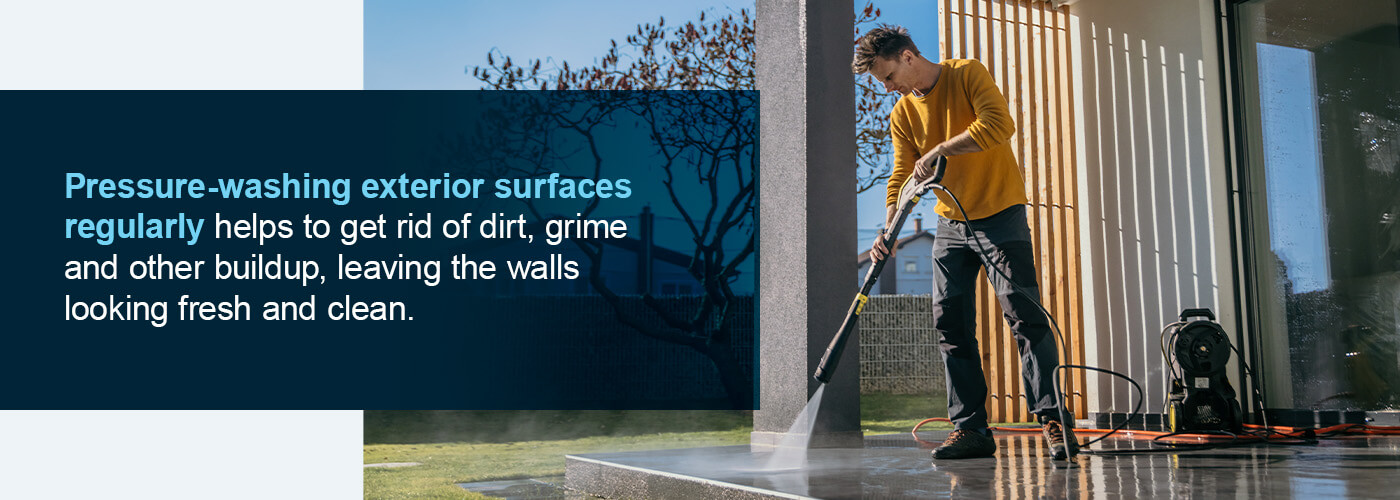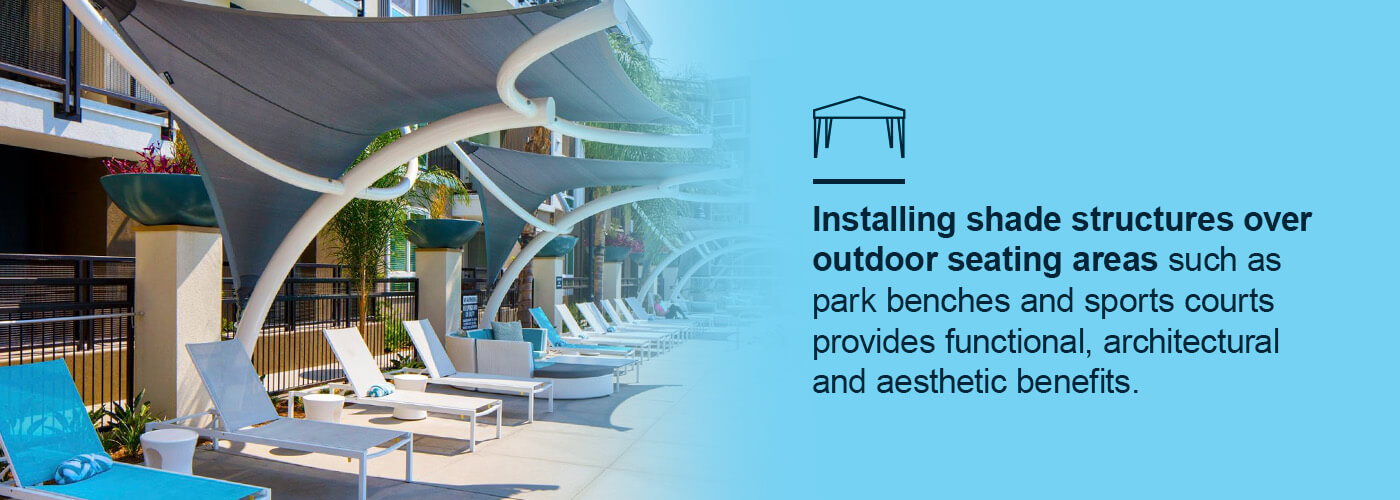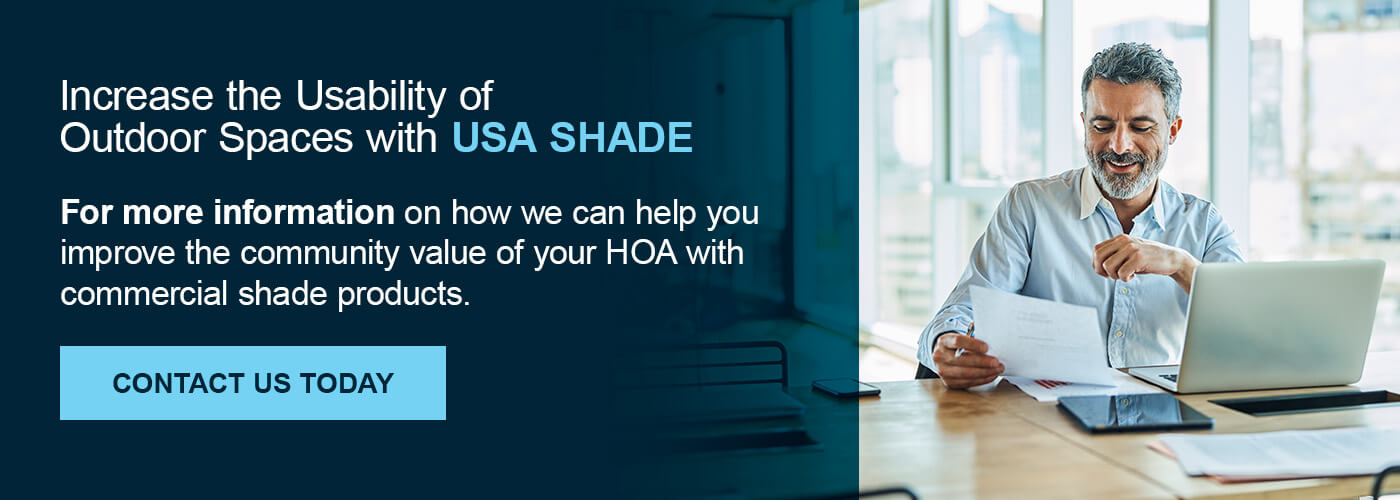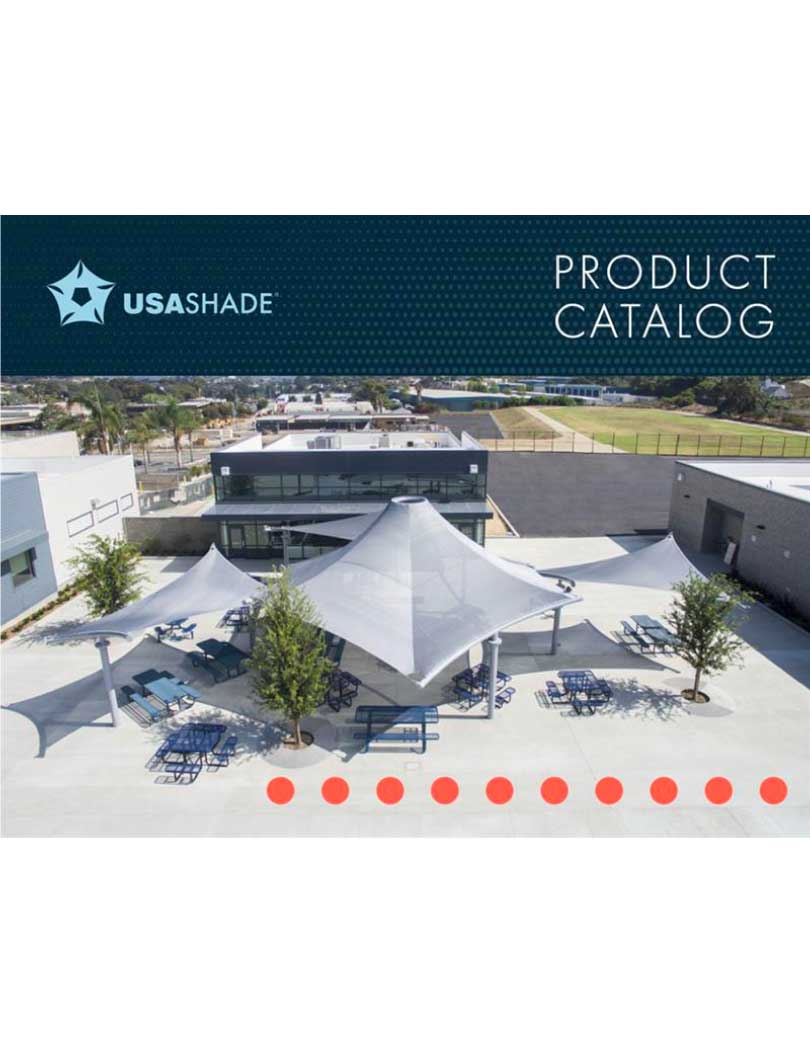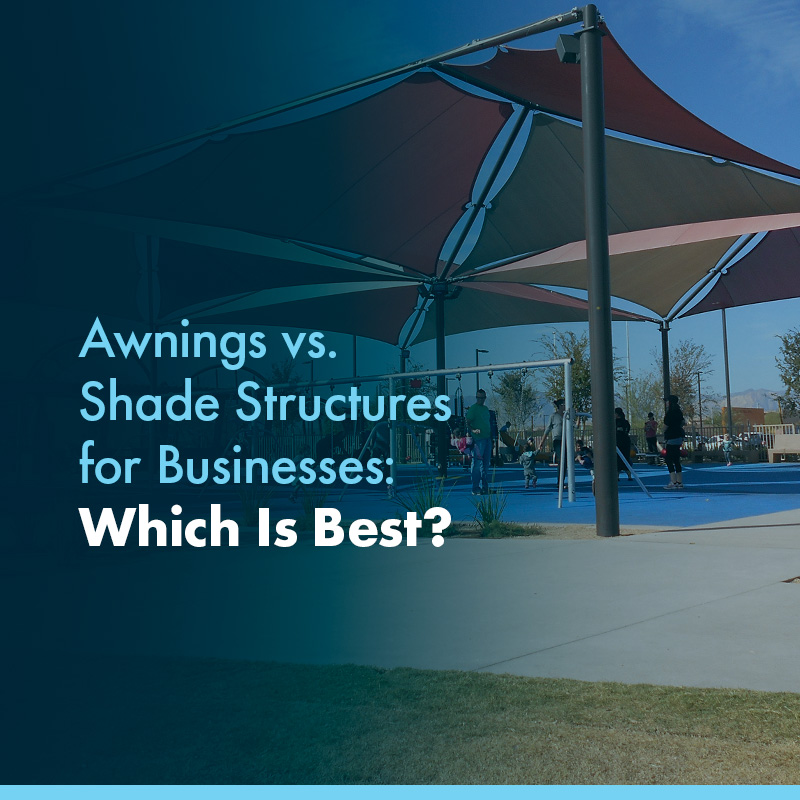Crumbled and cracked greenways and sidewalks are unattractive and can pose a tripping hazard for residents. Simple measures such as patching and repaving can help improve the appearance and safety of concrete walkways and extend the life of pavement.
Improve Parking Lot Lighting
Parking lot lighting plays a prominent role in deterring crime because of how it affects visibility. LED light bulbs in parking lots last longer, burn brighter and consume less energy, making them a safe and smart improvement for parking lots.
Install lights near tenant and resident parking, along walkways, in stairwells and near elevators. Other dark areas with limited visibility at night that would benefit from lighting for safety reasons include alleys, behind buildings, and near dumpsters.
Plan for Resident Activities and Events
Potential homebuyers and tenants appreciate opportunities to meet and interact with others in the community they hope to move to. Therefore, maintaining and making improvements to common areas, recreation centers, playgrounds, pools and parks can help to form a tight-knit community by providing space for community activities and events. The following are simple ways you can bring members of your community together.
Organize Community Events
Many people desire to live in neighborhoods with an HOA that regularly plans activities and events to socialize and interact. Events also allow for new tenants or homeowners to meet their neighbors and have fun together.
Some ideas for community events you can organize include:
- Pool parties
- Potlucks
- Barbecues
- Game and trivia nights
- Wine tastings
- Film screenings
- Yoga and aerobic classes
An HOA can subsidize the party planning costs by partnering with businesses and community vendors, such as the landscape maintenance company.
Create Clubs
Clubs are a great way to get people with similar interests together. They also allow residents of your community to make new friends and build their social support networks.
There are many options to consider, so use the community demographic as a starting point to gauge interest in the types of clubs to offer. Some ideas include:
- Dinner club
- Walking club
- Book club
- Card club
- Tennis club
- Golf club
- Swimming club
- Shuffleboard club
- Pickleball club
- Gardening club


